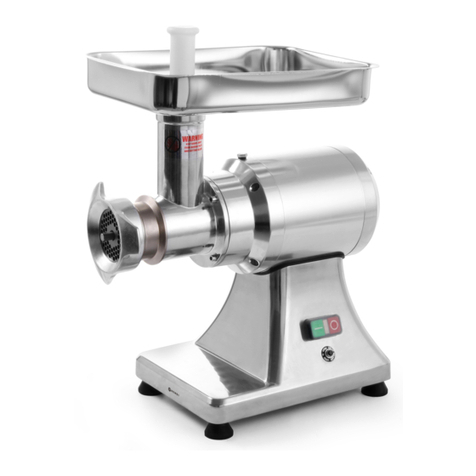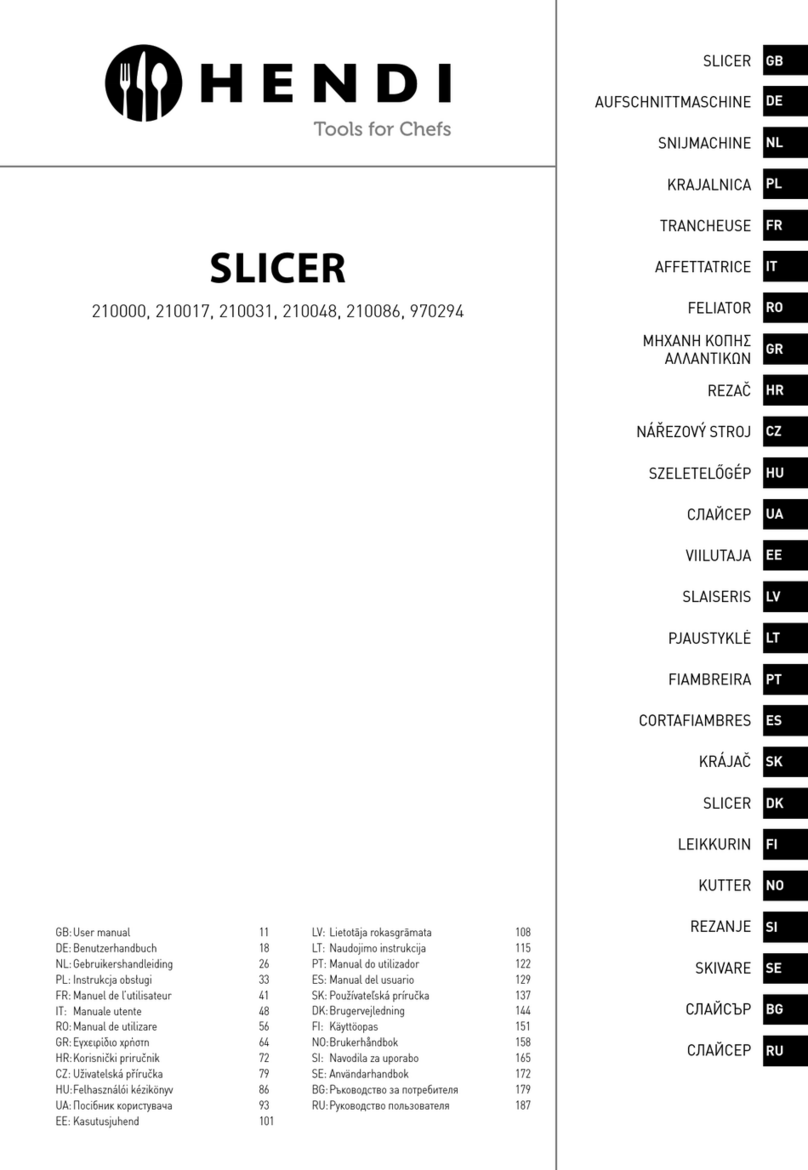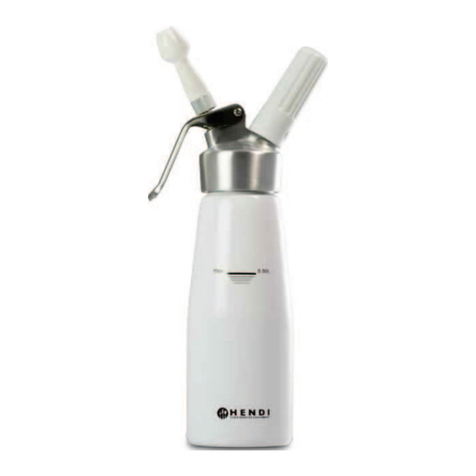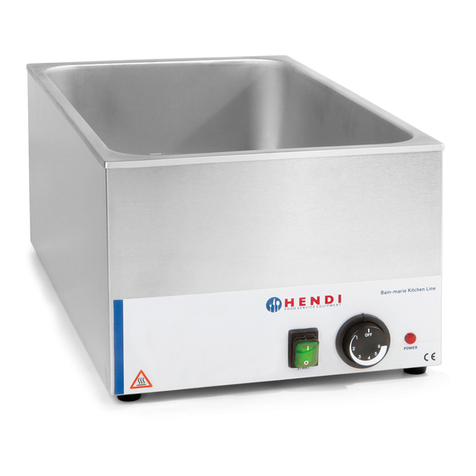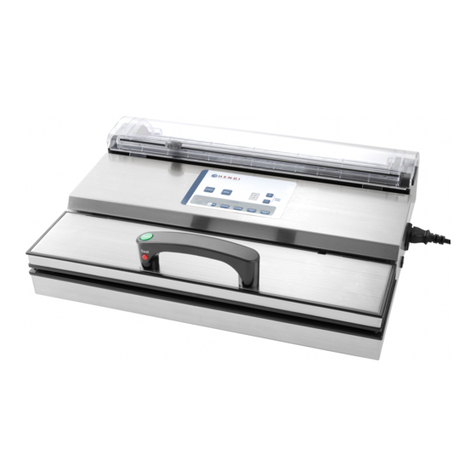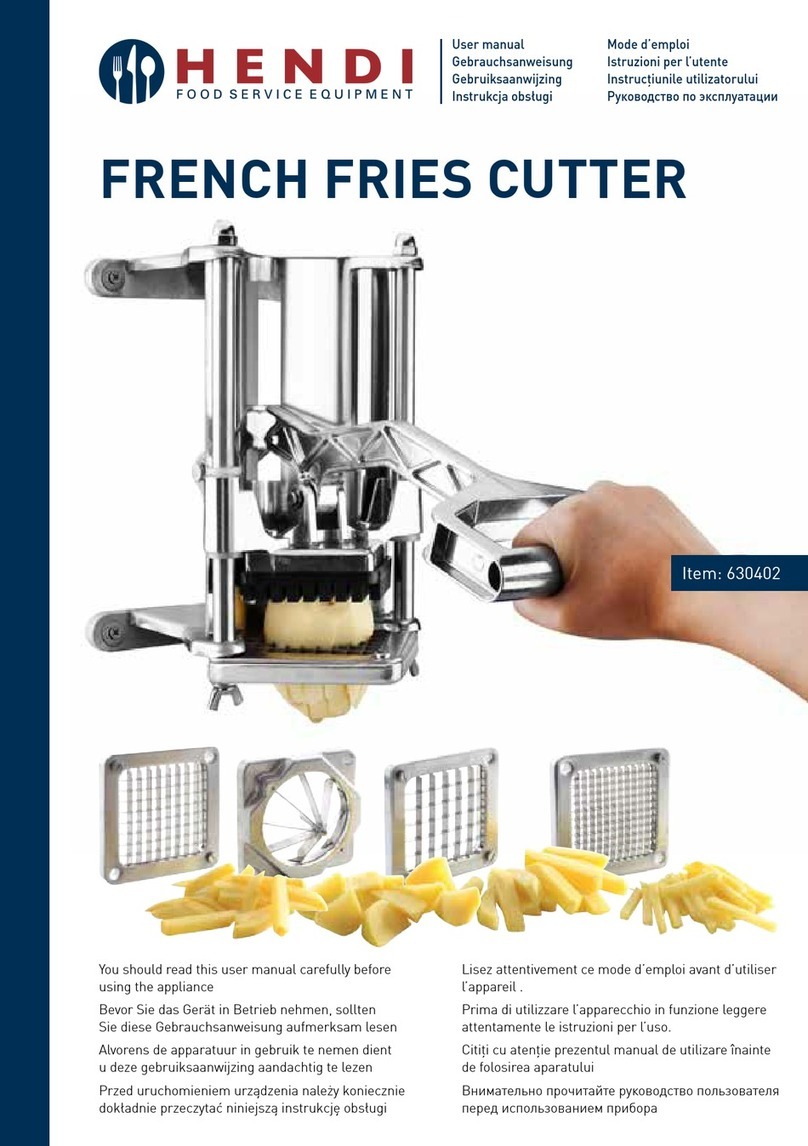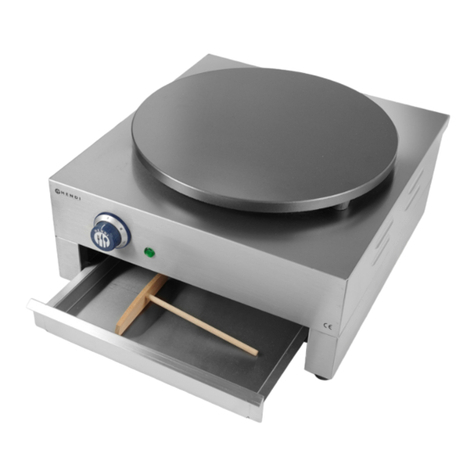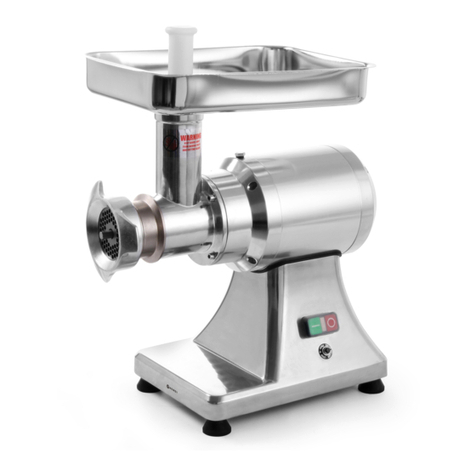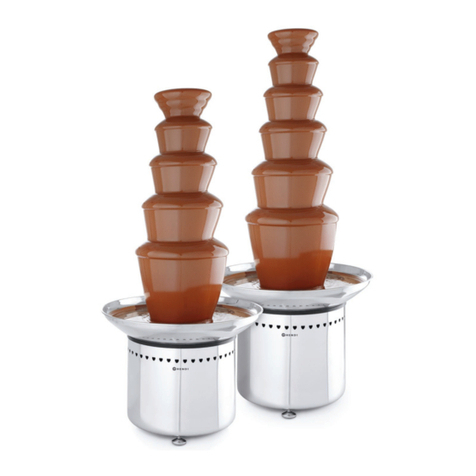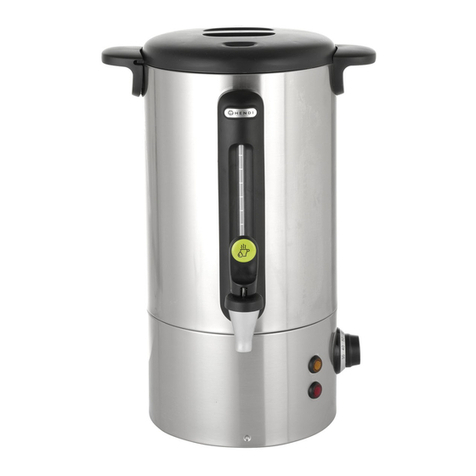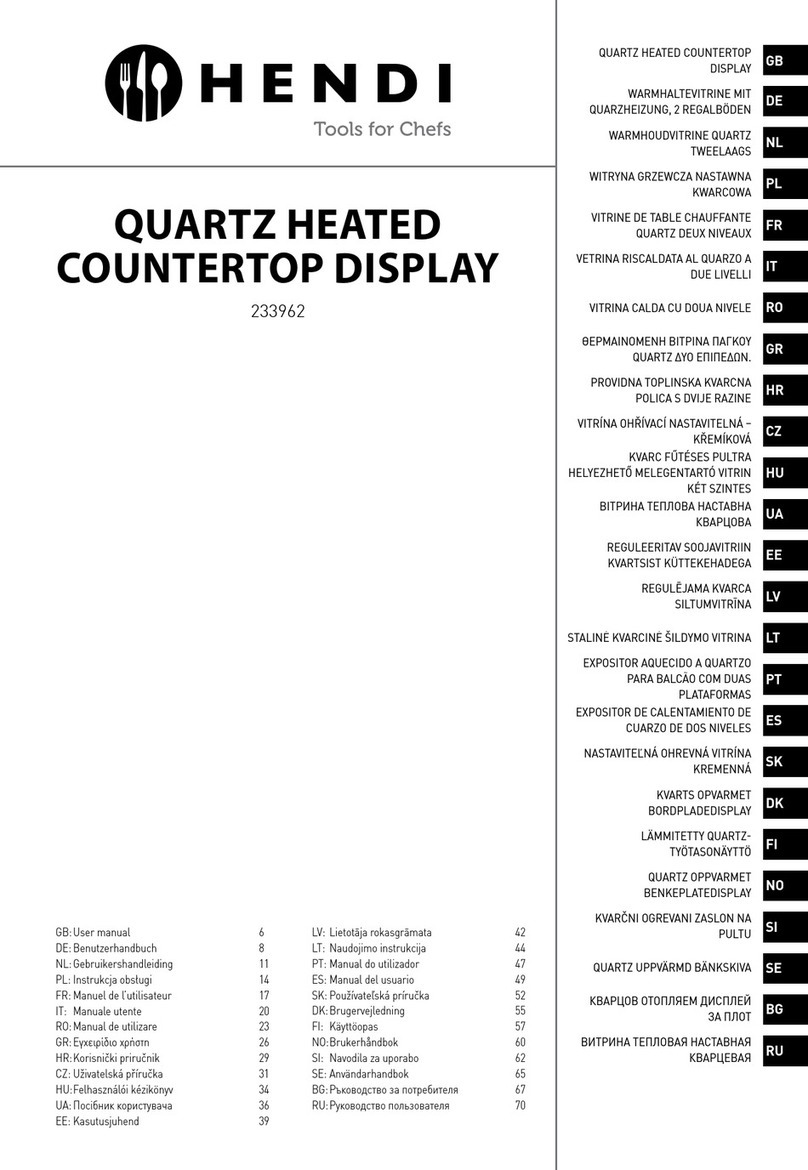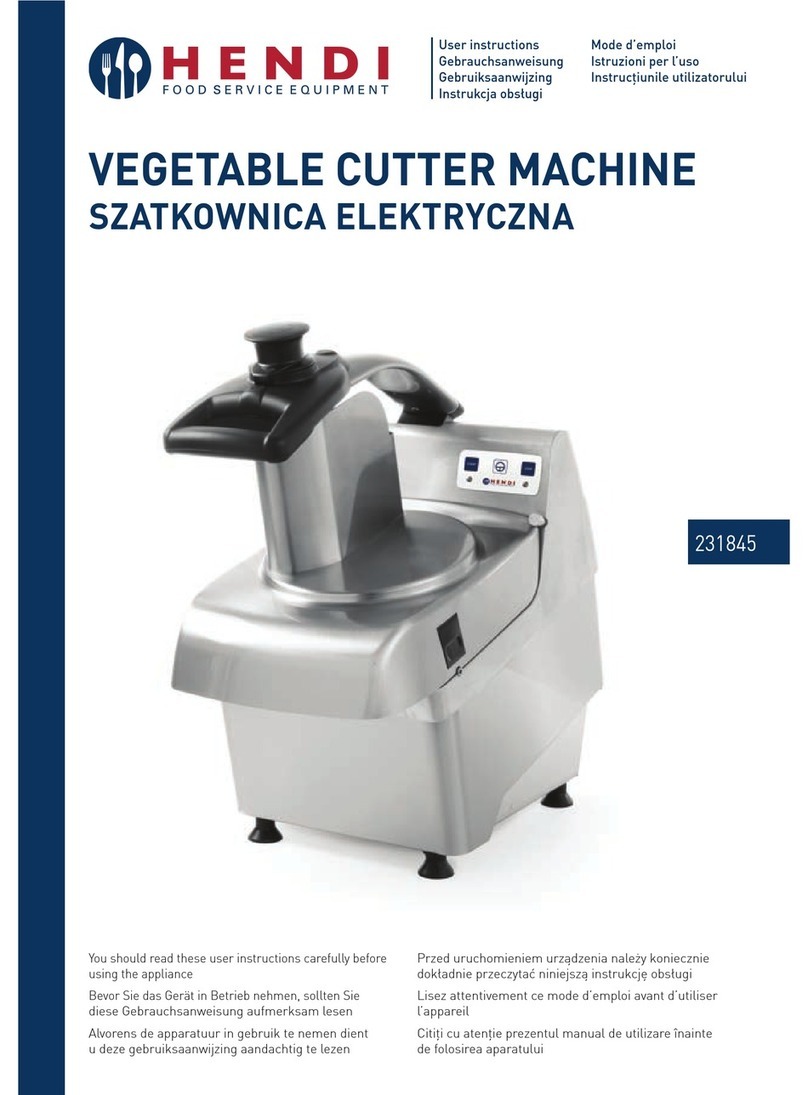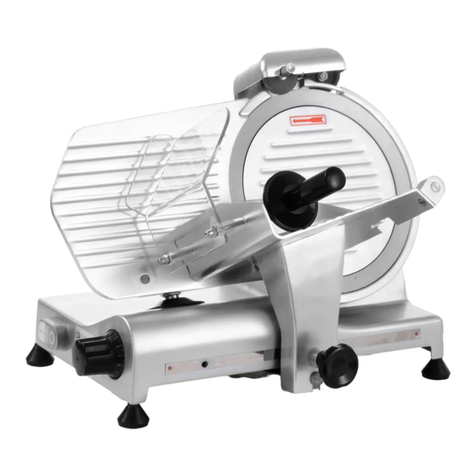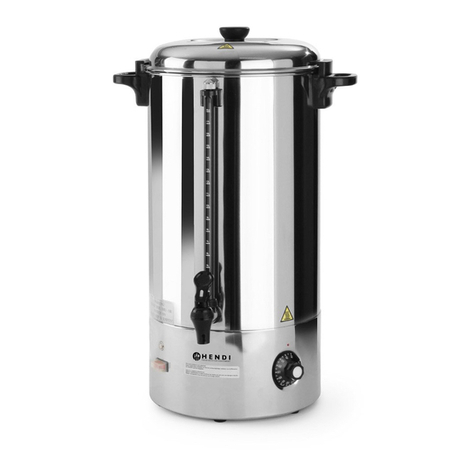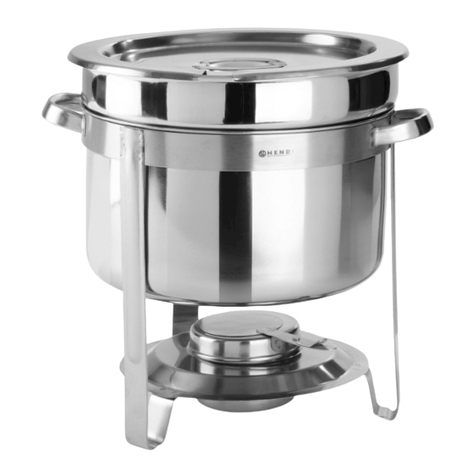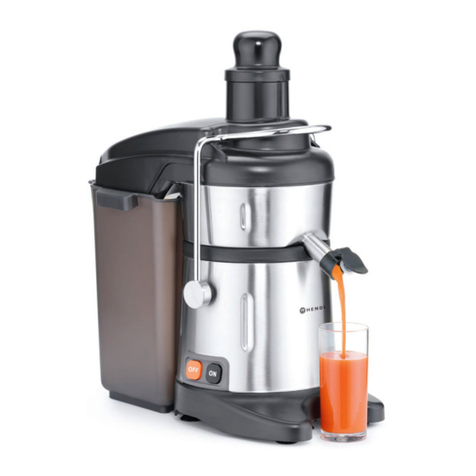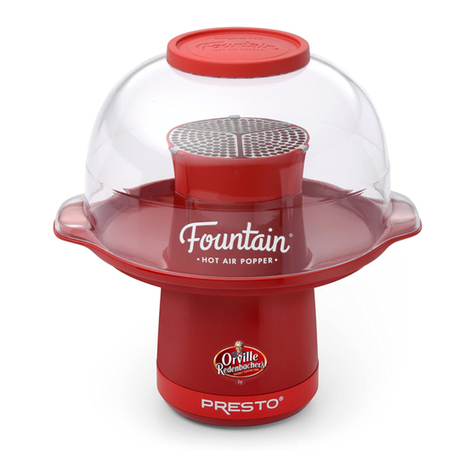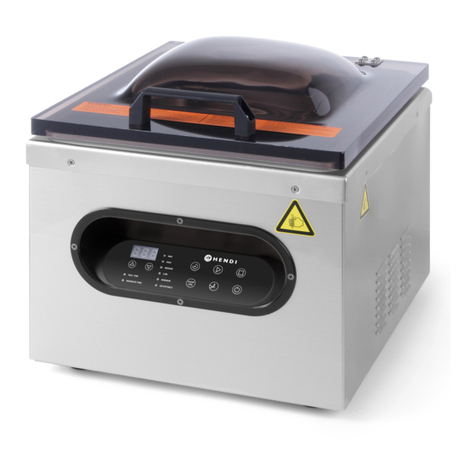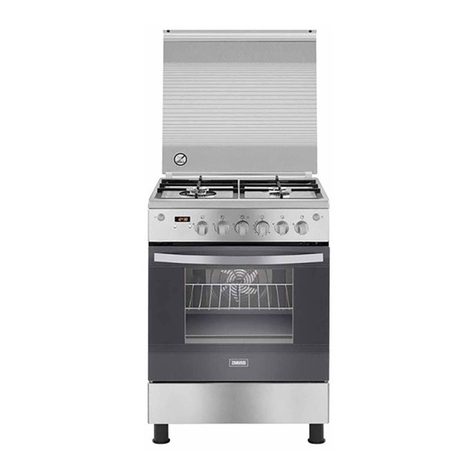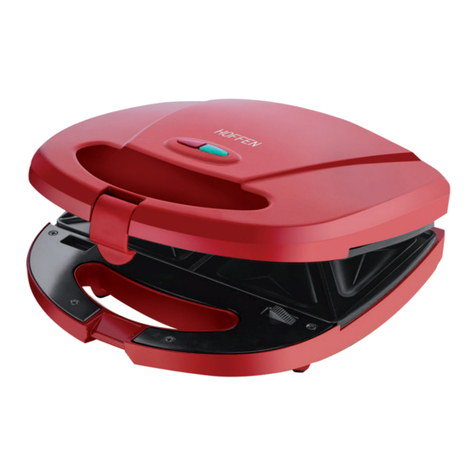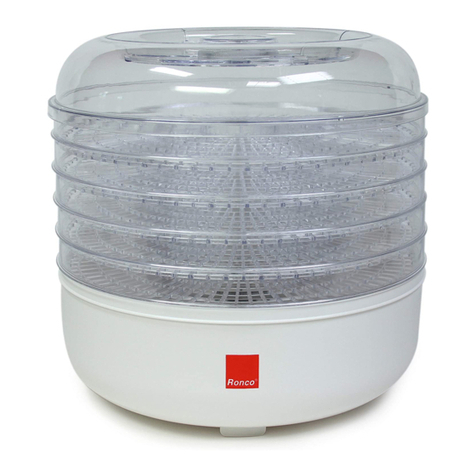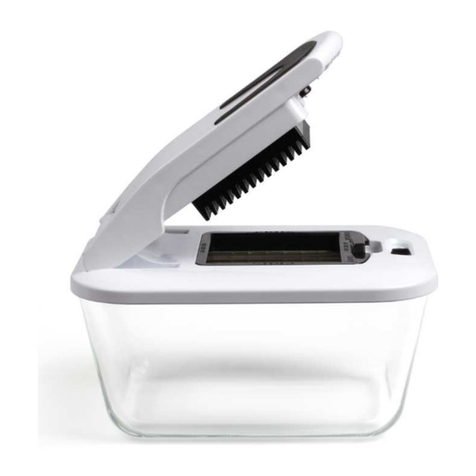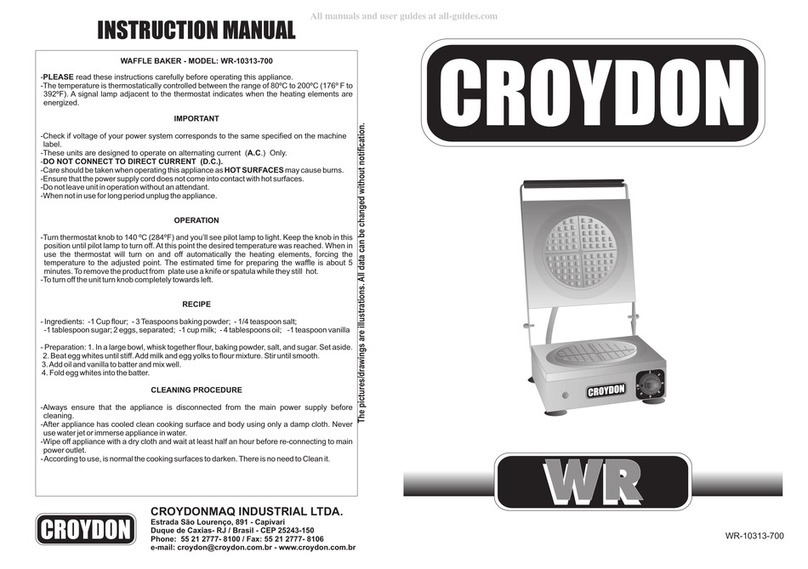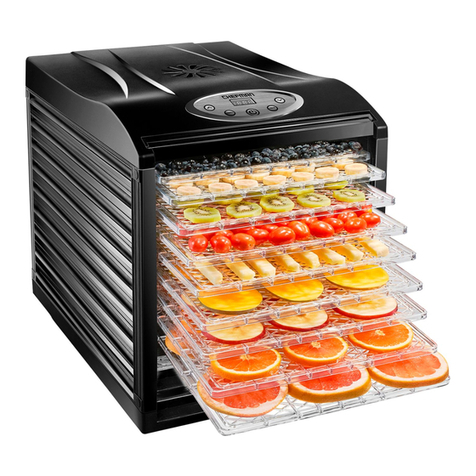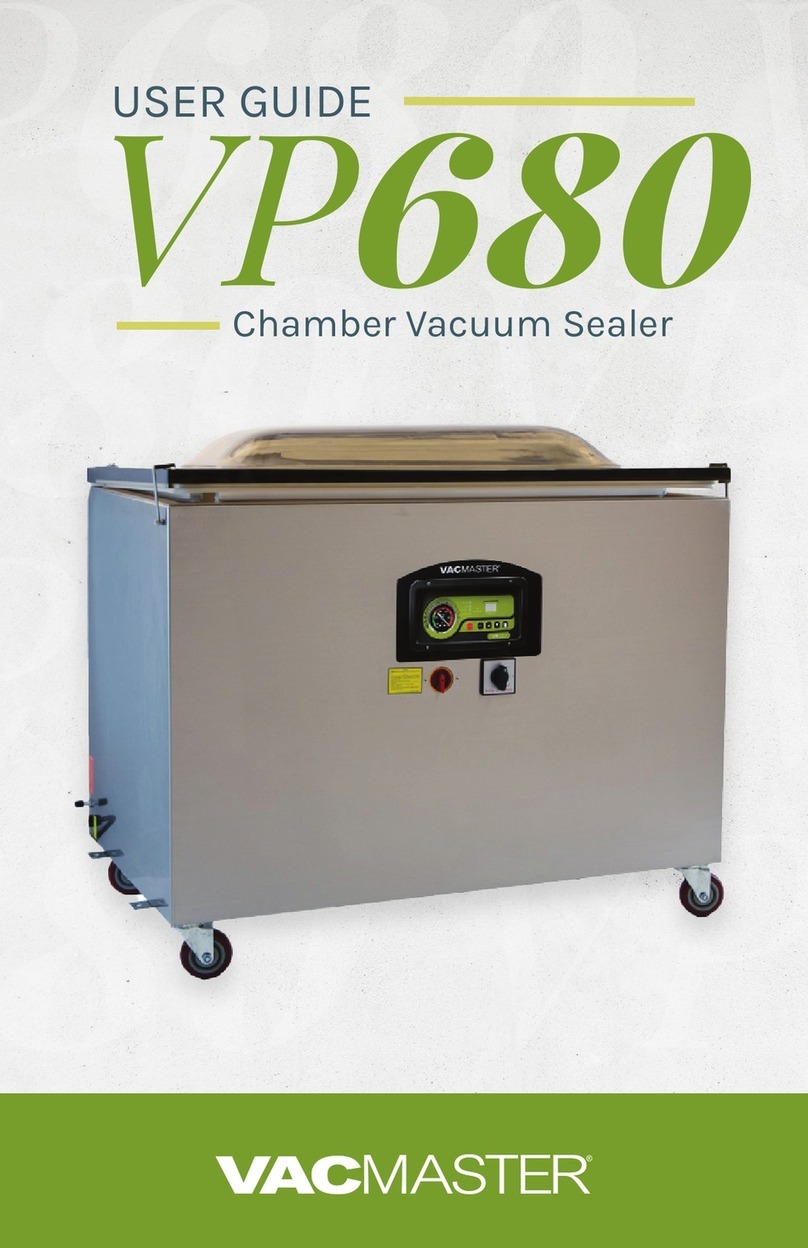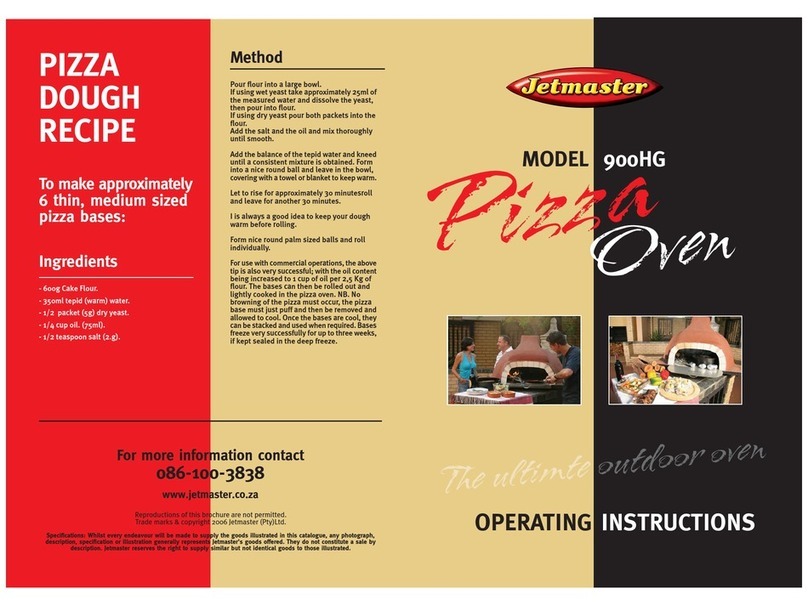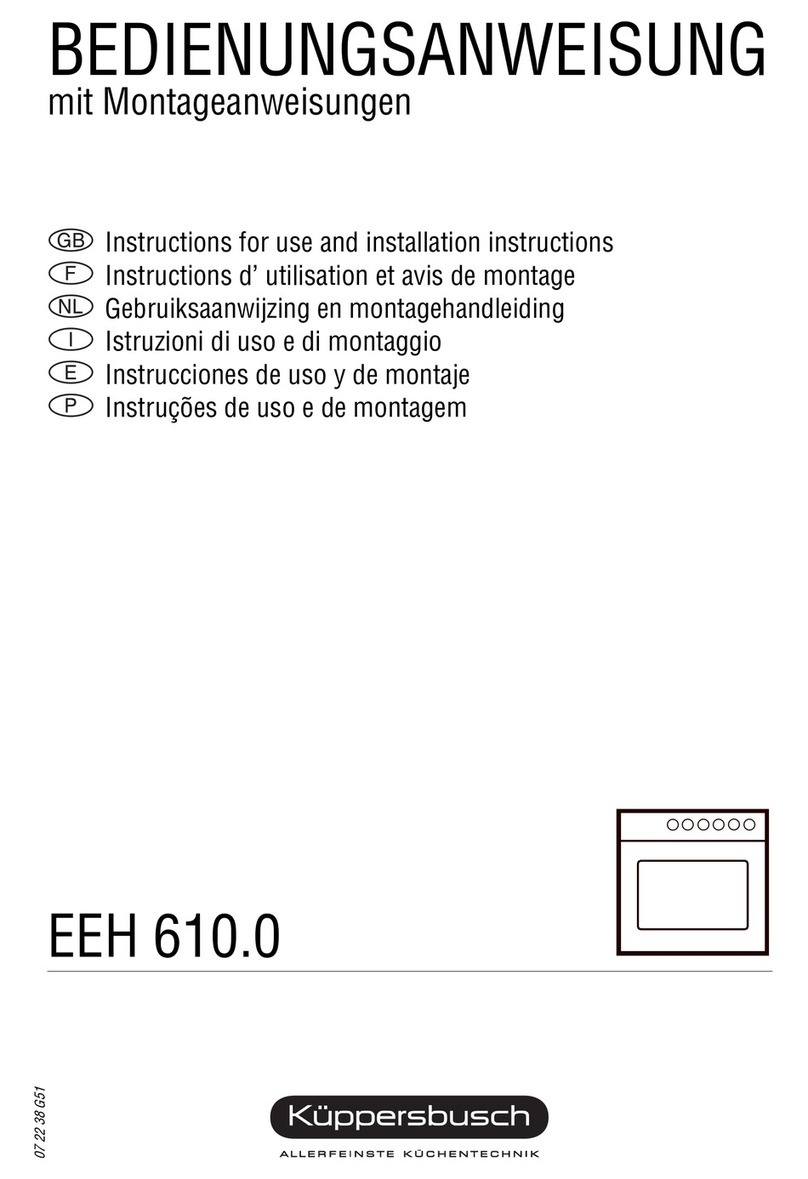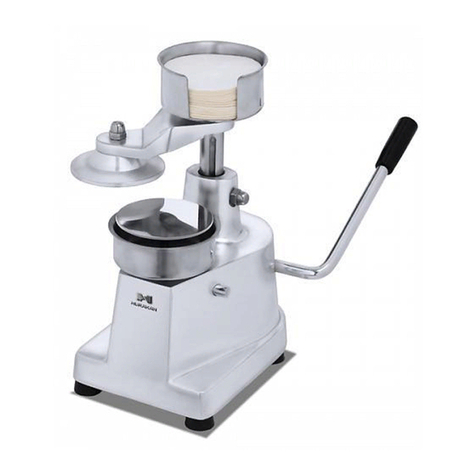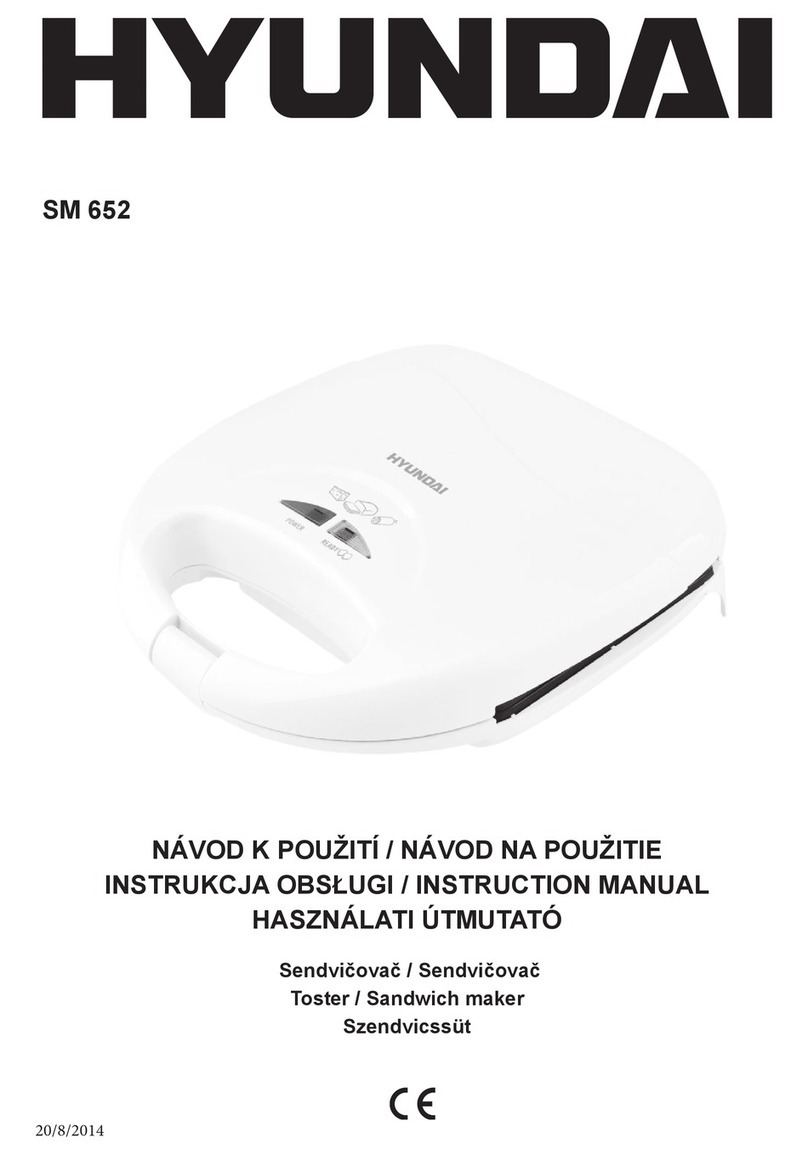
5
EN
FLUSH FITTING IN UNIT FURNITURE
The appliance can be installed as follows (Fig. 1):
- Stand-alone, away from other forniture (class 1);
- Fitted between two forniture units (class 2 –
subclass 1).
In compliance with safety regulations, protection
against possible contact with electrical parts and
against overheating of furniture in contact wst the
appliance, must be ensured by correctly flush fit-
ting
the appliance.
May we remind you that, for layers in plastic or
veneered wood in unit furniture, glues resisting
a temperature of 120°C must be used. Plastics or
glues of poorer quality not able to withstand this
temperature value, will cause deformation and
glue
detachment.
Make absolutely sure that the rear of the appliance
always rests against non flammable walls.
Set the basement zone free.
INSTRUCTIONS FOR THE INSTALLER
General information - To install and use any elec-
tric appliance a few fundamental rules must
be respected. This appliance must be installed by
specialised personnel in accordance with the
regulations in force. Any maintenance or adjust-
ment intervention must be carried out with the
appliance unplugged from the power source.
Warning: Gas cooking appliances produce heat and
damp in the room where they are located.
An adequate airing of the room must be ensured by
keeping every natural ventilation orifice
open or by installing an inlet hood fitted with
a waste pipe. Before switching on the oven for
the first time, clean it with soap and water and then
rinse it thoroughly. Assemble the lateral
guides and insert any grids. Heat the oven for ap-
proximately 1 hour at maximum temperature
so as to eliminate possible odours that may arise
from thermal insulation or grease residue.
Place of installation - For the gas appliance to work
correctly, the gas combustion must be
supplied by enough air reaching the room in a nat-
ural way. (The installer must abide by the
current national installation norms and subse-
quent amendments). The air circulating into the
room must arrive directly from openings made in
the external walls (Fig. a). Such openings must
have a clear 100 cm2 cross section area for the air
flow and a 100 cm2 one to discharge
combusted gas. Should other gas operating appli-
ances be installed, such openings must be
appropriately enlarged. These openings must be
located in such a way as not to be obstructed
from either the inside or the outside. The opening
allowing air circulation must be placed close
to the ground, whilst the one used for the combus-
tion discharge must be located on the high
side of an external wall. Could not these openings
be made in the same area where the
appliance is installed, the amount of air needed
could also come from an adjacent room,
provided that this is not a bedroom nor a danger-
ous area and that it is appropriately ventilated
(current national installation norms and subse-
Fig. 1

